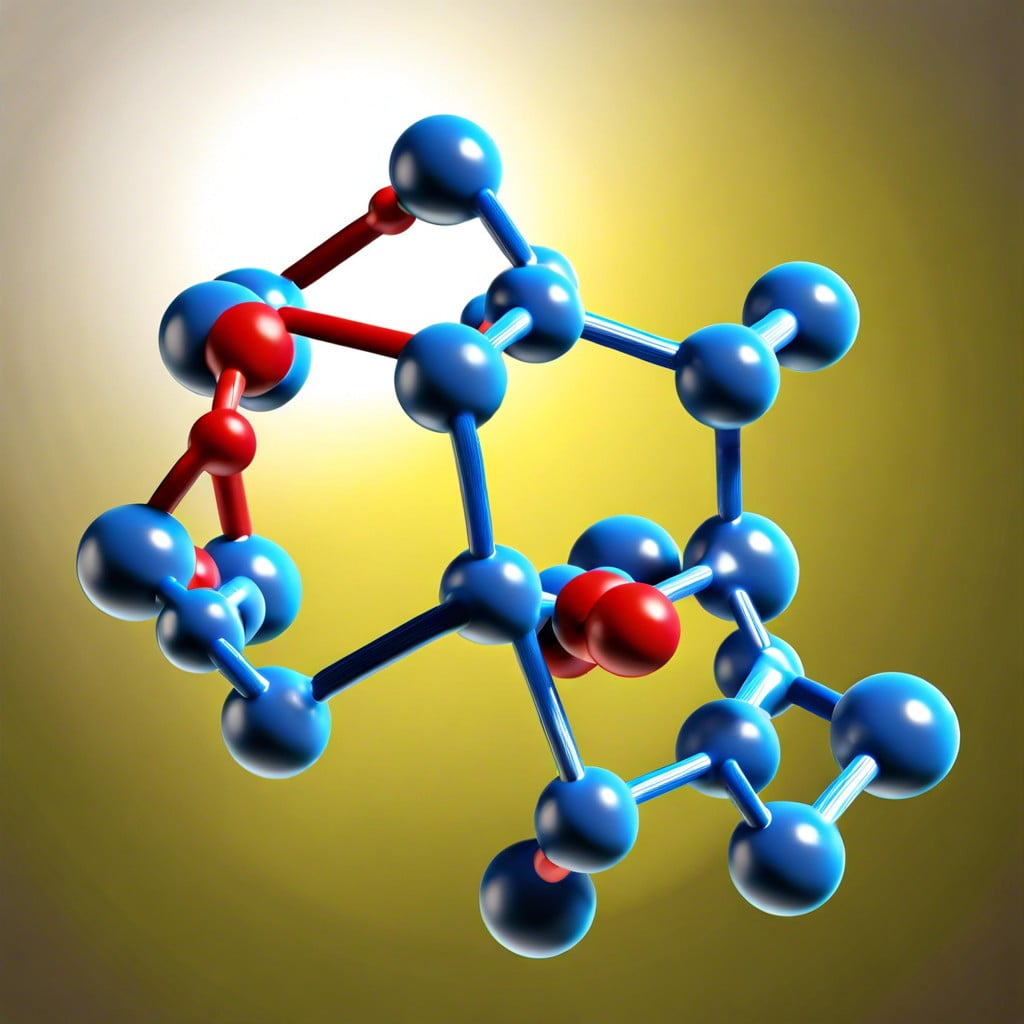Discover the versatile applications of PVP polymer in construction and how it enhances the properties of building materials.
Key takeaways:
- PVP polymer is water-soluble and forms complexes with other molecules.
- PVP has various applications in healthcare, including drug delivery and wound dressings.
- PVP has environmental concerns due to its non-biodegradability.
- PVP is expected to be used in biomedical advancements and water treatment.
- PVP can be tailored for personal care products and green packaging solutions.
Chemical Composition of PVP Polymer

Polyvinylpyrrolidone, or PVP, is a synthetic polymer made from the monomer N-vinylpyrrolidone. This polymer is unique due to its water solubility and ability to form complexes with various molecules.
Its structure features a backbone of carbon atoms, where each monomer unit includes a lactam ring – a cyclic amide that contributes to PVP’s chemical stability and solubility.
Key points to understand its chemical composition:
- Solubility: PVP’s affinity for water stems from the polar nature of the lactam ring.
- Bonding: The lactam group can create hydrogen bonds, enabling it to dissolve or stabilize other substances.
- Molecular weight: PVP comes in different molecular weights, influencing its physical properties and suitability for specific applications.
- Stability: PVP is resistant to pH changes, heat, and many chemicals, making it versatile in various environments.
- Non-ionic nature: Lacking charge, PVP does not react with ions, which is crucial for its role in non-reactive applications.
History of PVP Development
PVP, or polyvinylpyrrolidone, was first synthesized in the late 1930s by German chemist Walter Reppe. Reppe’s work involved the use of acetylene, a gas that, under high pressure, reacts with formaldehyde to form this versatile polymer. The initial industrial production of PVP commenced during World War II, primarily in Germany, where it was used as a blood plasma substitute due to its solubility and non-reactivity with biological substances.
After the war, the applications of PVP expanded rapidly. By the 1950s, PVP was being increasingly used in pharmaceuticals, cosmetics, and food as a binder, stabilizer, and film-former. Its unique ability to disperse and suspend materials without altering their properties catapulted PVP into various industries.
As the material sciences evolved, so did the uses of PVP. Over the years, manufacturers have developed numerous grades of PVP, with varying molecular weights and properties, catering to specific functions ranging from adhesion to water solubility. This progress has allowed PVP to remain a significant polymer in innovation and application across multiple sectors, effectively cementing its position as a cornerstone of polymer chemistry.
Medical Applications of PVP
Polyvinylpyrrolidone (PVP) plays a significant role in healthcare due to its unique properties. It is biocompatible, meaning it can be used in the body without causing harm.
Here’s how PVP benefits medical applications:
- Drug Delivery: PVP acts as a binder in tablets, ensuring they are strong yet dissolve appropriately in the body. It also helps in controlled release formulations, regulating the time and rate at which a drug is released.
- Wound Dressings: As a hydrophilic polymer, PVP can absorb moisture, making it ideal for moist wound dressings that promote healing.
- Disinfectants and Antiseptics: PVP-Iodine, a complex of PVP and iodine, is used as a topical antiseptic due to its ability to slowly release iodine, killing microbes without irritating the skin.
- Medical Devices: Used in coating or as a component of medical devices like contact lenses and intraocular lenses, PVP enhances comfort by improving wettability and reducing friction.
- Blood Volume Expanders: Due to its ability to mimic the osmotic properties of blood plasma, PVP is used in solutions to temporarily expand blood volume during surgery.
In each of these roles, PVP’s versatility and safety contribute significantly to patient care and treatment outcomes.
Environmental Impact and Disposal
Polyvinylpyrrolidone (PVP), like many synthetic polymers, raises concerns about its environmental footprint. Being non-biodegradable, PVP can persist in ecosystems and contribute to plastic pollution if not managed correctly.
When considering its disposal, incineration is possible, but this must be carried out with caution to minimize the release of harmful byproducts into the atmosphere. Recycling is currently not a widespread option for PVP due to economic and technical challenges.
In wastewater, PVP has shown a relatively low level of toxicity to aquatic life. However, it’s crucial to monitor its concentration and prevent accumulation in water bodies. Efforts towards developing biodegradable alternatives to PVP are underway, which could alleviate some environmental concerns related to its use.
The key to minimizing PVP’s environmental impact lies in responsible manufacturing practices, proper usage within the industry, and adherence to waste management protocols. It’s important to continue research aimed at finding more eco-friendly options and improving the sustainability of existing polymers.
Future Trends in PVP Usage
As the demand for sustainable materials grows, PVP is poised to become even more integral in various sectors:
- Biomedical Advancements: Expect to see PVP in innovative drug delivery systems, wound care products, and tissue engineering due to its biocompatibility and non-toxic nature.
- Water Treatment: PVP’s role in water purification technologies will likely expand, with research focusing on its capacity to remove contaminants and heavy metals.
- Personal Care Innovation: With its film-forming properties, PVP is being tailored for advanced cosmetics, such as long-lasting makeup and environmentally friendly hair stylers.
- Green Packaging Solutions: The development of biodegradable PVP blends for packaging can reduce plastic waste, aligning with global sustainability efforts.
- Electronics and Optics: PVP’s potential in the production of flexible electronics, batteries, and optical fibers will be explored further because of its excellent binding properties and thermal stability.
These trends emphasize PVP’s versatility and its ability to align with technological advancements and environmental considerations.
Recap




